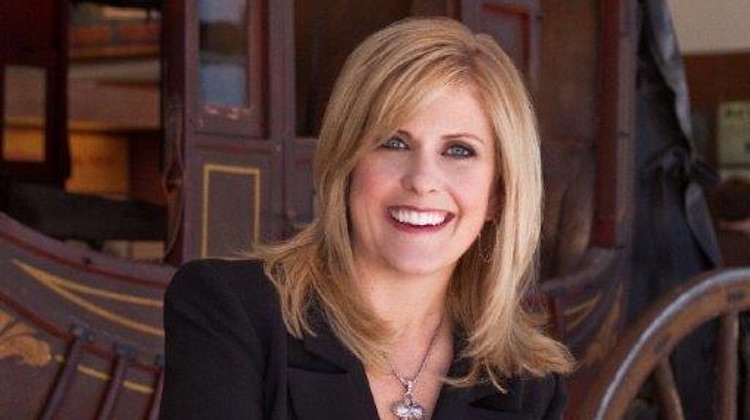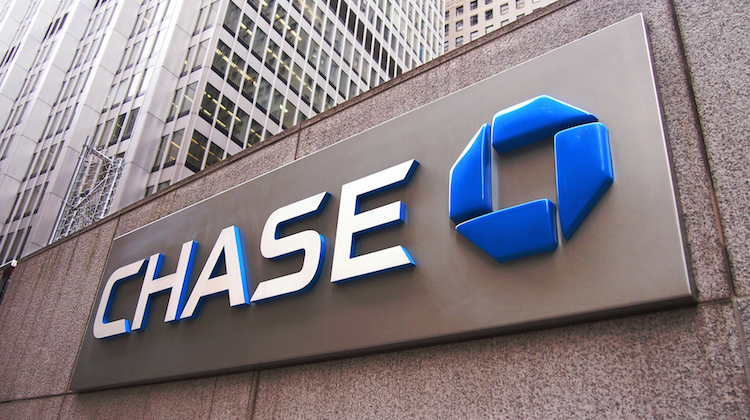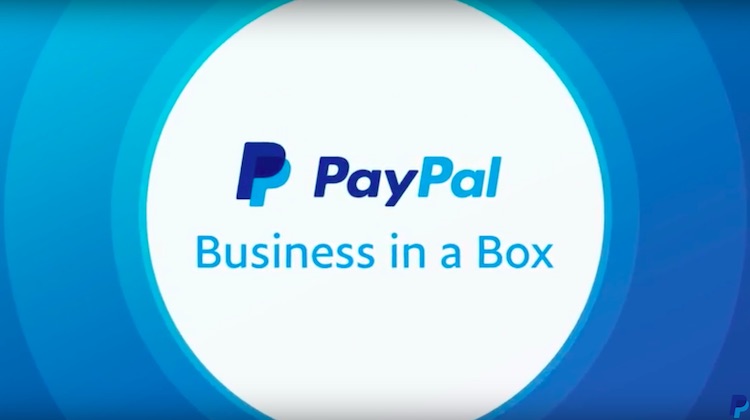One year in: How JPMorgan is transforming small-business lending
Is PayPal the U.S. answer to Alipay?
How Ant Financial is transforming the Chinese payments industry
Transparency remains a sticking point for online lenders
Dave Robertson of Treasury Strategies on how companies are improving transparency into financial risk exposure
I had the opportunity to pick the brain of Dave Robertson, a partner at Treasury Strategies. His firm has a unique vantage point from which to spin today’s story: Companies as diverse as PepsiCo, New York University, Merrill Lynch and Idaho Power have worked with Treasury Strategies to manage their treasury, payments, and cash. They take over 25 years of experienced know-how to address issues like optimized liquidity and risk management, global banking structures and FX strategy, and help their clients choose and integrate technological solutions like online trading platforms, debt and investment systems and SWIFT.

What do treasury challenges in today’s banking environment look like? How does technology play a role?
Companies want improved transparency into financial risk exposures – credit, FX, liquidity – this in turn is causing companies to focus on improved technology and integration with their banks. We see many of our clients adopting SWIFT standards, working to find banks with strong information capabilities and near real-time reporting, with full detail and they are integrating and automating downstream financial and risk management practices (such as cash flow monitoring / forecast, FX exposure estimation, monitoring and management).
Can you give us an example of a recent project?
In the corporate sector, we assisted a Fortune 500 firm in adopting a combination of SWIFT and Treasury Technology to improve the management of cash and financial risk across multiple subsidiaries around the globe. In the financial sector, we helped a super-regional bank evaluate the FinTech space, analyzing where and how they can play in the market. This work is helping them drive their new business roadmap and also helping them evaluate acquisitions to accelerate growth and acquire new assets.
There are a lot of new sources of capital, particularly in small business lending. It’s coming from pureplay lenders, but also from e-commerce companies, like PayPal and Amazon. Will regulators push upstart financial service firms to take more traditional sources of funding? If so, how does this all play out?
We see the regulators as not yet holding non-banks to the same standards as banks. The CFPB (Consumer Financial Protection Board) is now beginning to look into these services more seriously. However, there isn’t the same level of scrutiny as banks unless the firm is a SIFI (a strategically important financial institution – e.g., one whose failure would have a contagion or other effect on the markets). There are multiple standards (global, domestic) and most are banks, but it also includes non-banks like AMEX or Met Life.
On the other hand, the regulators want to see more cash flow lending – lending within the repayment means of consumers and small business – so the new lending services like Square are very appealing because they are essentially pure cash flow advancement schemes. Some of the new schemes around using social media data could have inadvertent discriminatory practices, so it will be interesting to see how regulators view these approaches.
I’m not sure we see the regulators looking at the funding sources too closely – it’s interesting because one root cause of the financial crisis was the concept that entities were underwriting mortgages and then packaging them and not taking on any exposure – so there was no ownership of the risks. Yet many alternative lenders are using this same model – it’s not to say that this model is wrong, but it’s interesting in that we don’t see the regulators raising any alarms.
Some of today’s largest tech firms are sitting on mountains of cash. Why? How does this change the role of treasury?
The mountains of cash are pure economics – there is almost no opportunity cost of sitting on the cash. You may recall, when rates were high, arbitragers like Carl Icahn would take over companies that had excess cash. In today’s market, holding excess cash has minimal economic consequences, yet this liquidity provides incredible strategic flexibility for investment / acquisition. So you have all of the upside of liquidity with none of the market discipline of opportunity cost. Within a 4% environment, shareholders would demand that this cash be productive. Treasury Strategies conducts deposit strategies for banks and we see that much of the liquidity on balance sheets today is a function of the unusual rate and money supply environment. Should we see a rise in rates (or normalization of M1, M2 levels) we would likely see a significant reduction in corporate cash.
I’m not sure that this changes Treasury’s role – but with rates expected to rise, every Treasurer needs to think about these opportunity costs and have strategies to ensure cash is productive and that capital structure and cash levels are appropriate.













